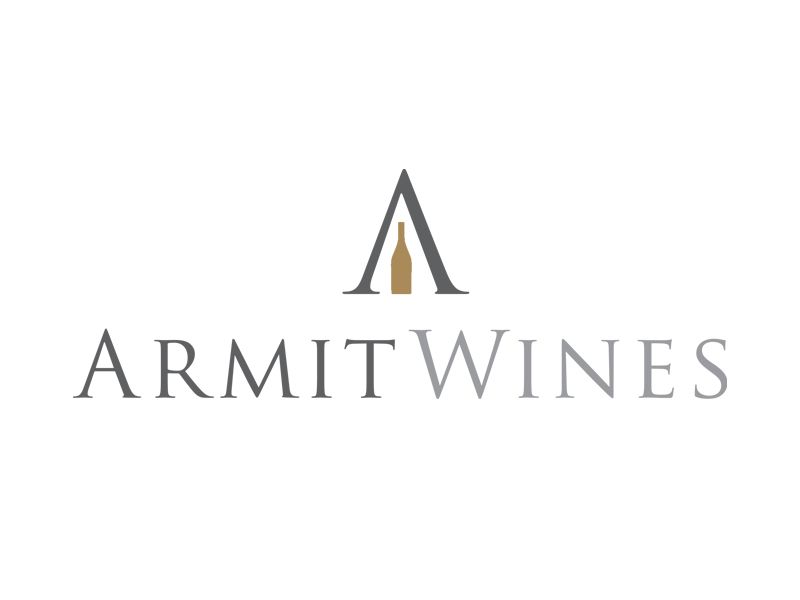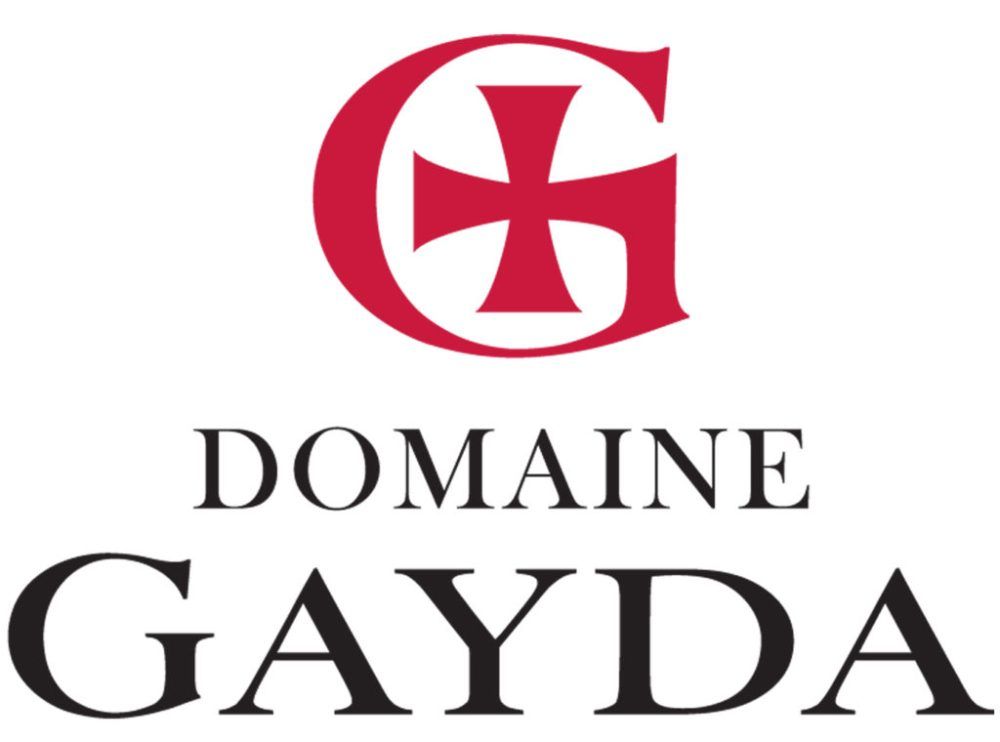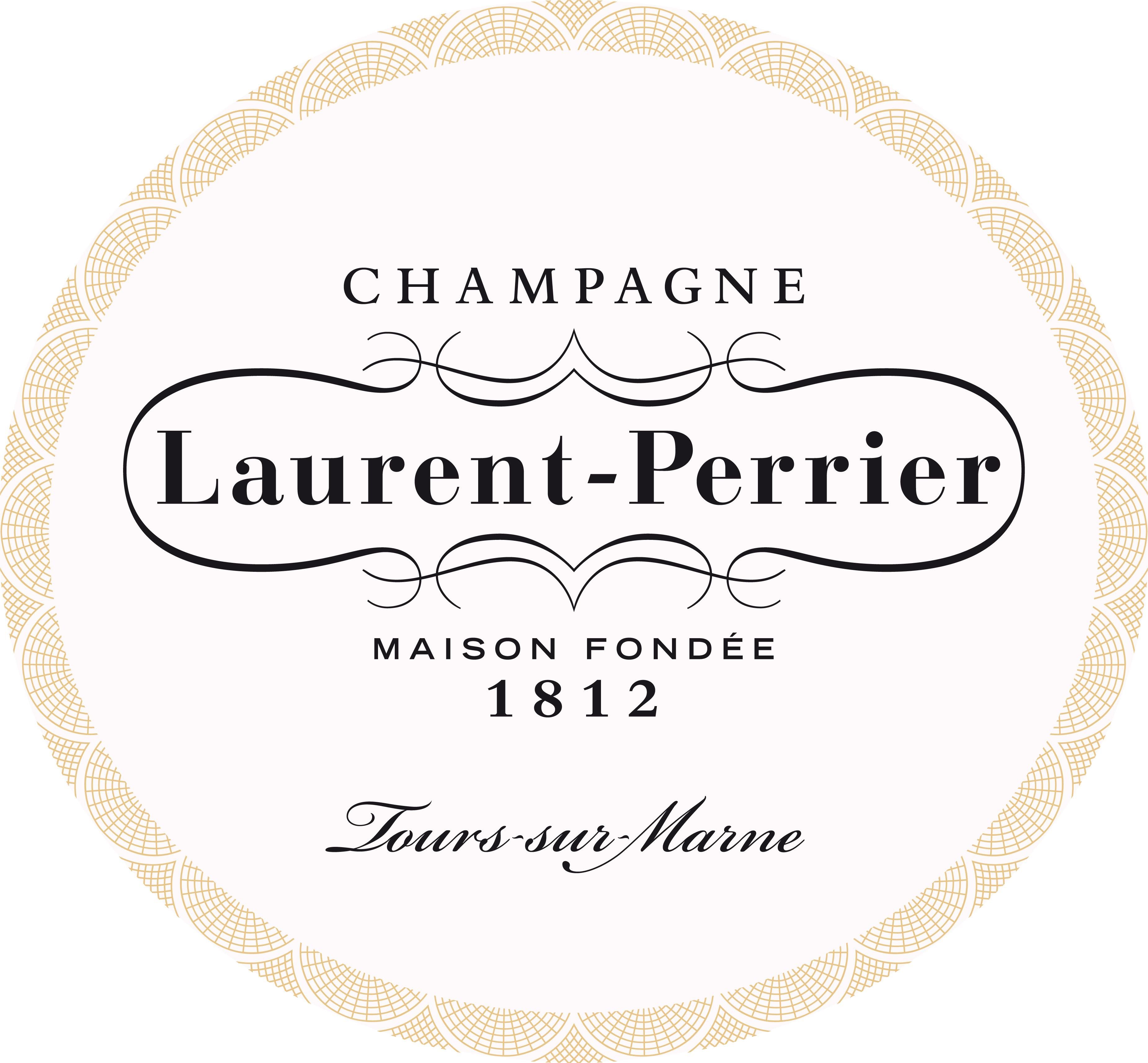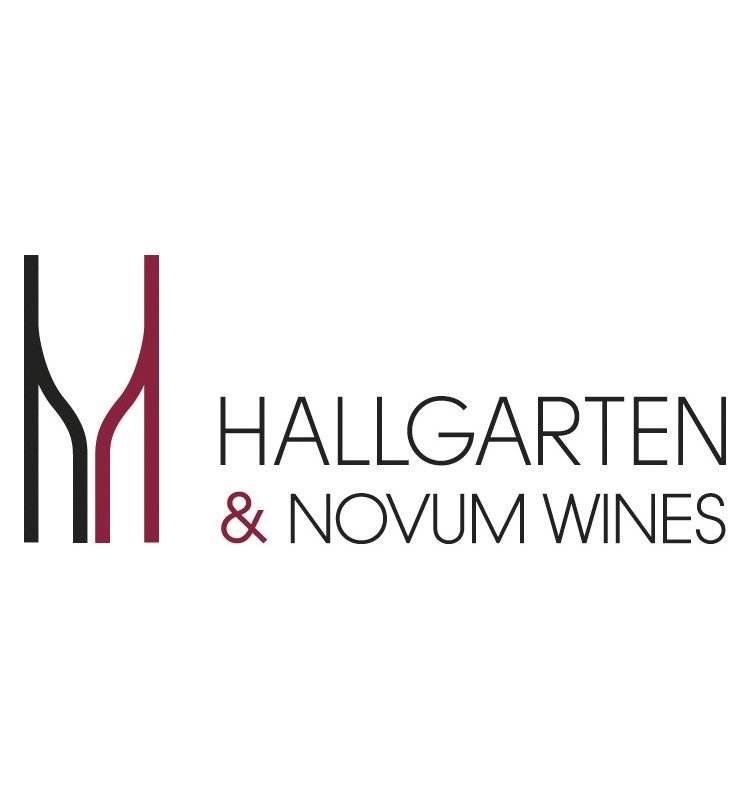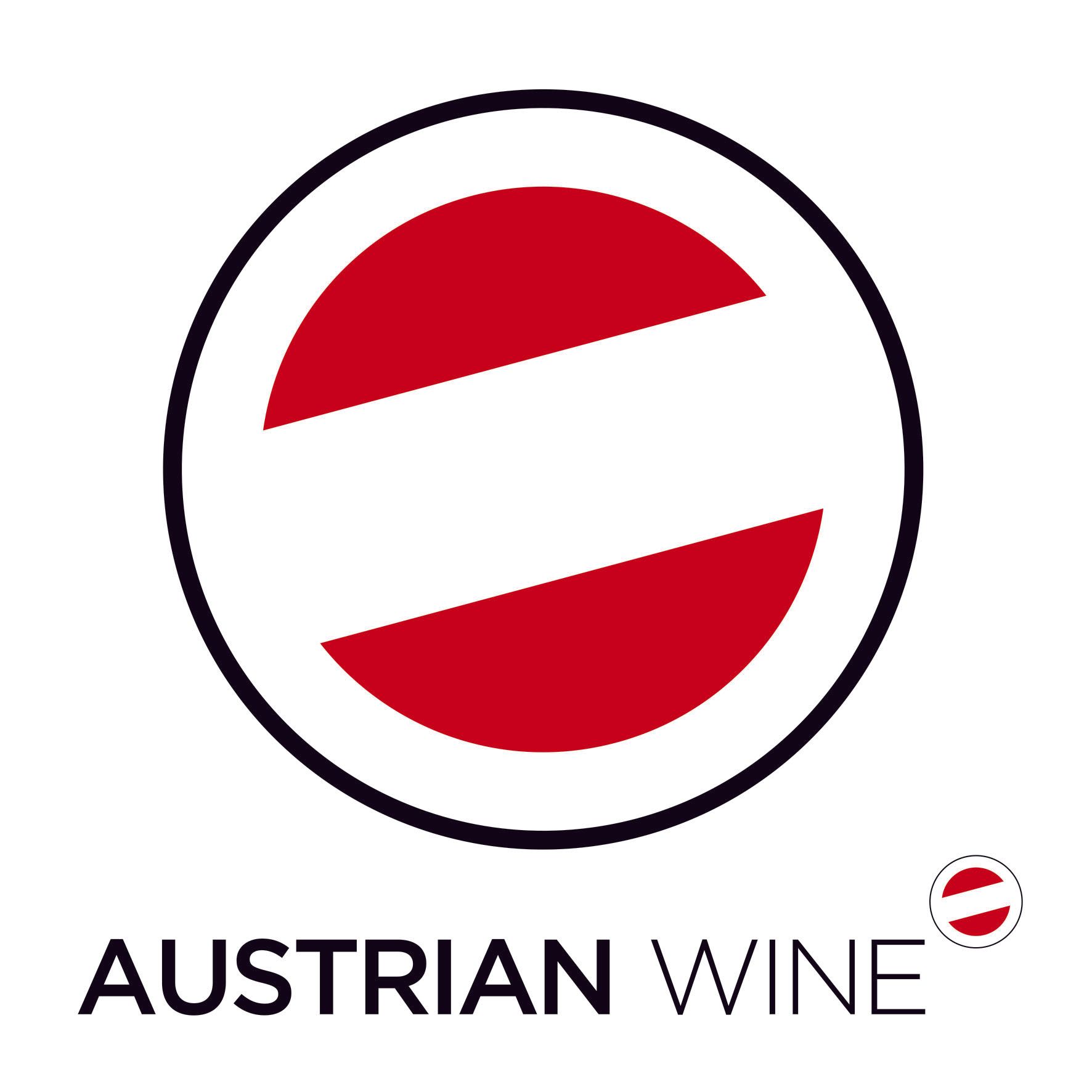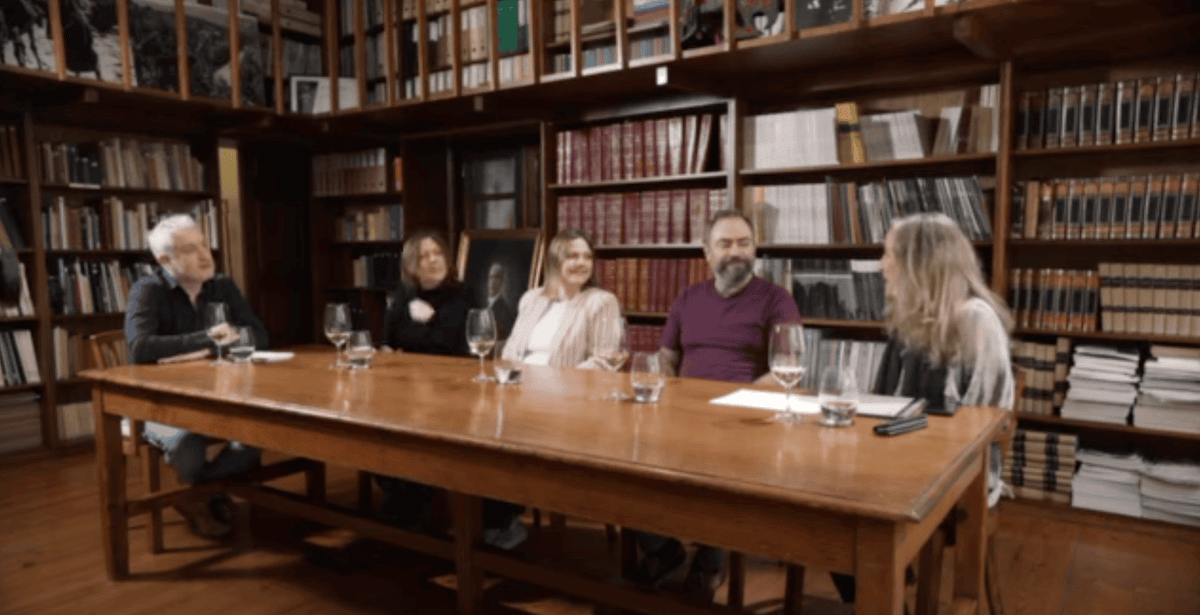Grašac Beli, often referred to simply as Grašac, is a white variety that also goes by various other names, including Italian Riesling, Welschriesling (in Central and Eastern Europe), and Graševina (in Croatia). Yet don’t be deceived, this grape bears no genetic relation to the Riesling that you are inevitably more familiar with.
In Serbia, Grašac has long been associated with the hills of Fruška Gora in Vojvodina, characterised by its diverse soils and exposures that facilitate a range of styles. The name Grašac derives from the Serbian word for peas, owing to the grape's resemblance - perfectly round and extremely green. Today, it is one of the country’s most widely planted white grape varieties.
It has small clusters, high sugar levels, and excellent acidity. Contemporary expressions showcase delicate aromas of green apple, pear, and citrus, often with hints of white flowers and a noticeable minerality. On the palate, they demonstrate vibrant acidity and a clean finish. Some aged examples showed notes of honey and pollen.
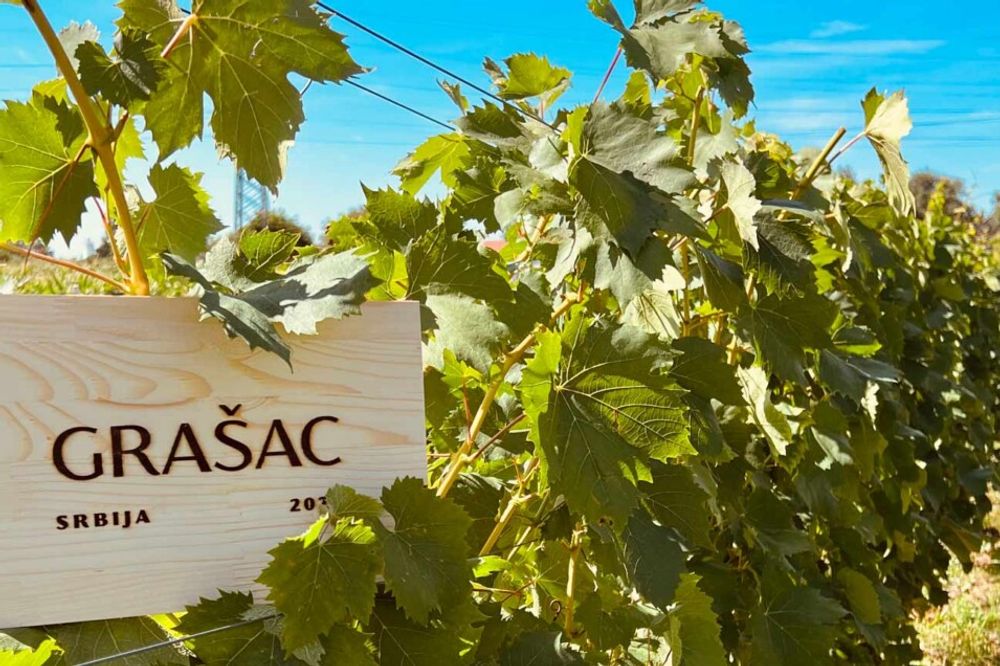
Grašac is enjoying a resurgence with winemakers across Central and Southern Europe
It was known as Grašac Beli (‘Beli’ means ‘white’ in Serbian) prior to the Second World War, but was renamed Italian Riesling because “many thought it sounded more noble and sophisticated,” according to Igor Luković, editor-in-chief of Vino & Fino magazine and one of the founders of the annual GROW du Monde (an acronym composed of Graševina, Olaszrizling and Welschriesling).
The name, however, did little to enhance the grape’s reputation. As a result, Riesling has something of a negative connotation in Serbia, associated with what Luković describes as “one-litre socialist, supermarket wine, undrinkable without water [sparkling or otherwise].”
It was a variety that was rarely if ever associated with terms like ‘complexity.’
Yet this name may have ultimately saved the grape from the socialist Yugoslavia purges. As Luković explains: “After World War Two, the emphasis was on producing affordable wine for the proletariat - many local traditions were abandoned.”
International varieties were preferred over native varieties. Italian Riesling, however, occupied a unique place - “it sounded international and gave a generous yield, ticking the various boxes of the authorities,” adds Luković.
The contradictions eventually became too pronounced.
“How to tell the story, to claim that this is your story, your variety, if it is called Italian Riesling?” stresses Luković. “Something is very wrong!”
Back to its roots
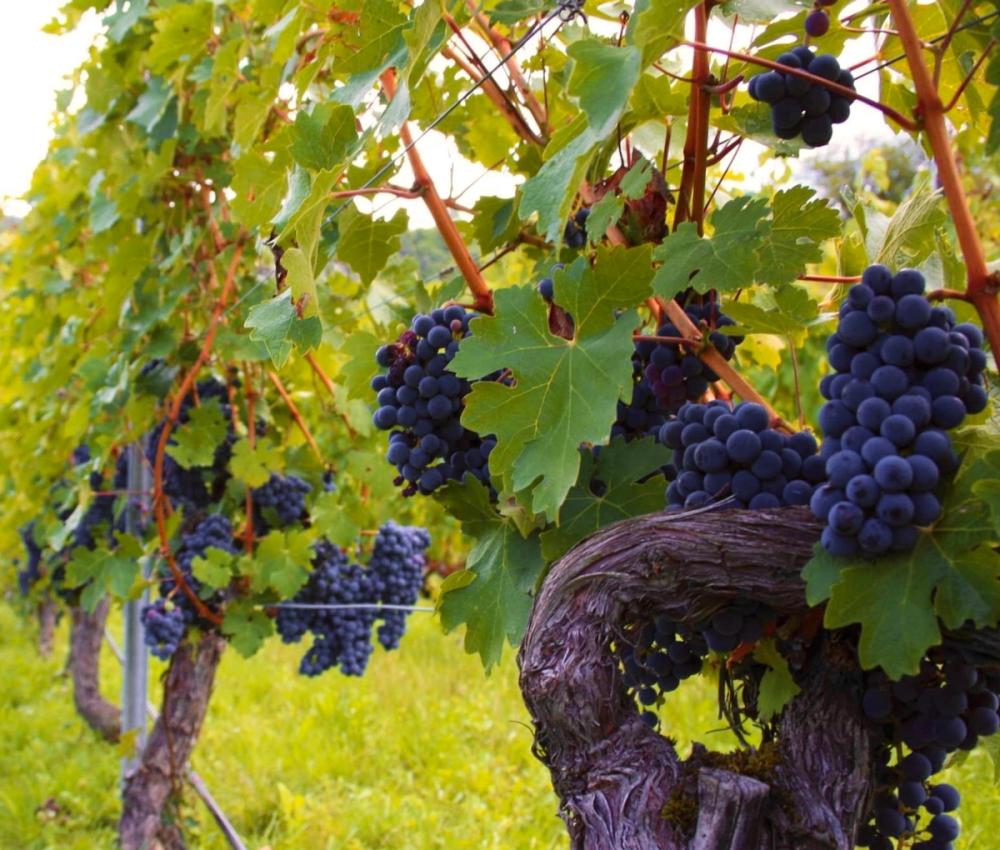
Winemakers have been keen to reclaim the story about Grašac
When the grape’s name reverted back to Grašac about a decade ago, producers immediately started to sell more, despite one of the more challenging harvests of recent times.
This new found recognition encouraged vintners to be more nuanced.
“Winemakers started to take more care,” says Luković, “they tried different plots, acacia, sur lie, sparkling, sweet, orange - there has been lots of experimentation.”
Its evolution can be compared to that of Malvasia from Istria in Croatia, which has earned international renown for its diversity of styles.
“The variety is back in fashion. It is not just something to be sold on the gate of the winery in plastic bottles, by an owner wearing slippers,” he adds alluding to the traditional marketing approach of many rural vineyards.
The restoration of its traditional name, Grašac, has sparked something of a revolution among winemakers eager to revitalise and explore the grape’s potential.
Case study: Imperator Winery

The Imperator winery and its surrounding vineyards
One vineyard renowned for its Grašac is Imperator Winery, in the village of Rakovac, near Novi Sad, European Capital of Culture in 2022. It is the first organic vineyard in Serbia and was Demeter certified in 2021, ensuring its agriculture is biodynamic.
“We get grapes without any chemical treatment from the vineyard,” says chief executive Đurđa Katić, “and we do fermentation with autochthonous yeasts in the cellar.”
This approach defines Imperator Winery, whose Grašac is grown in their vineyard in Erdevik.
“We have chosen a 100% natural approach in terms of grape and wine production,” she adds, emphasising a “tight connection with nature in every aspect.”
“The only parameter we control is temperature and hygiene in every step in the wine production,” she says.
“We see that wine as a real ambassador for the Fruška gora region. It has been present in the area for centuries and expresses the terroir in its full potential when we talk about white wines.”
Demand for Grašac is such that they “sell all their quantity before a new vintage is released,” she adds.
“Grašac is a variety that can give many styles of wines. It is great as a fresh young wine from stainless steel but can give great results if it is ‘smartly’ oaked as well. Besides that, it has very good aging potential if it is produced exclusively naturally,” she insists, adding that “sparkling and orange Grašac have had a lot of success as well.”
Case study two: Grašac on a cloud
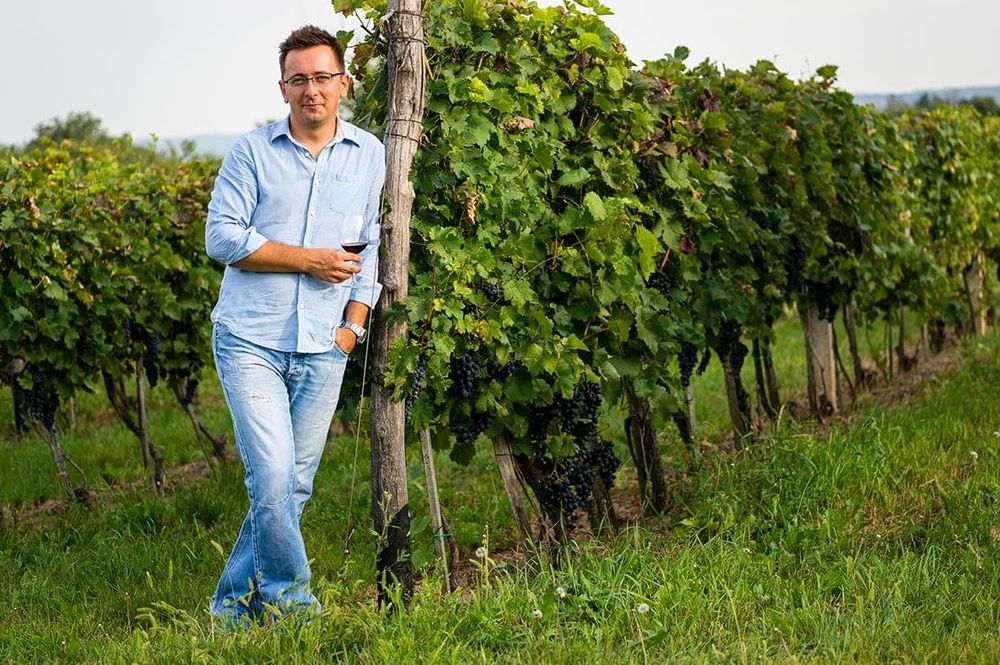
Vladimir Dragičević says he wants to make "complex" wines with Vladimir Dragičević.
Tri Međe i Oblak Winery (literally ‘Three Borders and a Cloud’), near Serbia’s border with Croatia, is a family winery demonstrating the potential of old vine Grašac from their 44-year-old vineyards in Petrov Breg. They benefit from a unique microclimate created by the Danube River, which ensures warm days and cool nights in September and October, allowing the grapes to retain freshness and develop specific aromas. All grapes are harvested and selected exclusively by hand.
“I make mature, complex wine that is aged partially in wood,” says owner, Vladimir Dragičević.
Vinification is in stainless steel and barrique, with six months on the lees and two months in the bottle. The winery strives “to preserve the wine’s varietal characteristics, the characteristics of the terroir, but also to work in the winery to obtain complex and rich wines,” he adds.
Grašac is “something new” for the international marketplace, stresses Vladimir, even though it is such a traditional and “old” variety.
As with other varieties from countries such as Serbia, it is a revitalisation of heritage which offers something compelling to consumers eager to try novel grapes.
Case study three: Vinum Winery
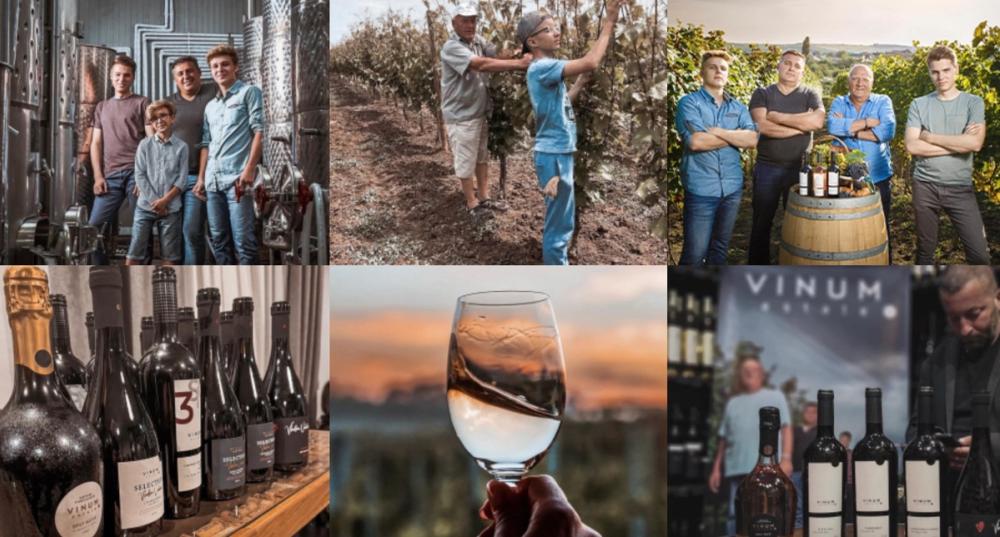
Serbia's Vinum winery
For Miloš Ciganović, sales manager at Vinum Winery, a boutique winery from the historical town of Sremski Karlovci, just outside Novi Sad, Grašac has become “a trademark” of Fruška Gora, having originated here, at least according to some sources.
Ciganović is keen to stress that Serbia’s “wine culture is growing,” and that the wines “tell their own story.”
Grašac’s versatility serves them well, as he explains: “Since we have wine that comes from stainless steel, wine from barrels, and sparkling wine, along with sweet aromatised wine, there is always someone to find in a certain segment. The most important thing is to maintain the characteristics of the variety, that the wine has elegance and, according to the label, has the potential for aging.”
“This year we started to promote the wine on the international market and the reviews are very positive,” he adds, a tentative first step in a demanding space.
Their efforts are such that Grašac is slowly becoming recognisable “outside the borders of Serbia.”
International recognition

Igor Luković, Zoltán Győrffy from Hungary, and Saša Špiranec from Croatia have established GROW du Monde
To further raise Grašac’s profile, Luković, Zoltán Győrffy from Hungary, and Saša Špiranec from Croatia established GROW du Monde. They also serve on the panel of judges, which has included other distinguished names such as Caroline Gilby MW and Ivan Barbić MW. It is held every year in a different country - the latest iteration took place in Serbia in June this year - and has attracted over 300 wines from seven countries.
As Győrffy explains: “GROW is more than just a competition - it is a movement and a complex project. It’s not just about its heritage, but about finding the ‘best and most authentic wines’ made from this variety.”
Through original research (including the mapping of specific regions and vineyards) and knowledge exchanges, GROW is catalysing this journey and promoting further innovation.
For Győrffy, “a key trend in the development of Grašac is the exploration of diverse winemaking styles,” as reflected in GROW's various categories (young, aged, sweet, and orange/natural). GROW can now be used as a synonym on wine labels, which, as Győrffy explains, “helps to improve the international recognisability and marketability of the wine, as the name is easier for non-native speakers to pronounce and remember.”
Trophy winners this year included Krauthaker (Croatia) 2019 Graševina made from a selected harvest of dried berries, Vinařstvi Volařik (Czech Republic) for their 2021 Rizlink Vlašský Levá Klentnická, Vinarija Vinčić’s (Serbia) Amfora 2019, and Lázár János’ (Hungary) Olaszrizling-Sárgamuskotály 2024.
Contemporary manifestations of Grašac have already earned international acknowledgement. Vinarija Vinčić’s 2020 Grašac was named Best in Show at the 2023 Decanter World Wine Awards, earning 97 points; described as “pure, long, refined, faintly smoky-savoury, textured and tapered: a fine-dining, white-tablecloth version of this demotic charmer”.
Grašac, however, faces the same challenges as other lesser-known varieties; namely, how to penetrate markets that are more comfortable with familiar names. Katić implores an international audience to be open-minded or, as she puts it, “open-palated;” namely, to taste this wine “without comparing it with other well-known global varieties”.
Grounded in local heritage, yet nurtured by winemakers dedicated to realising its full and diverse potential, Grašac - or whatever name you prefer to give it - can mirror and even surpass the rise of Malvasija as a white wine that consumers feel empowered to experience and contrast its versatility.
Its winemakers are exploring the past and embellishing the present to elevate the future, positioning the grape for international success.



